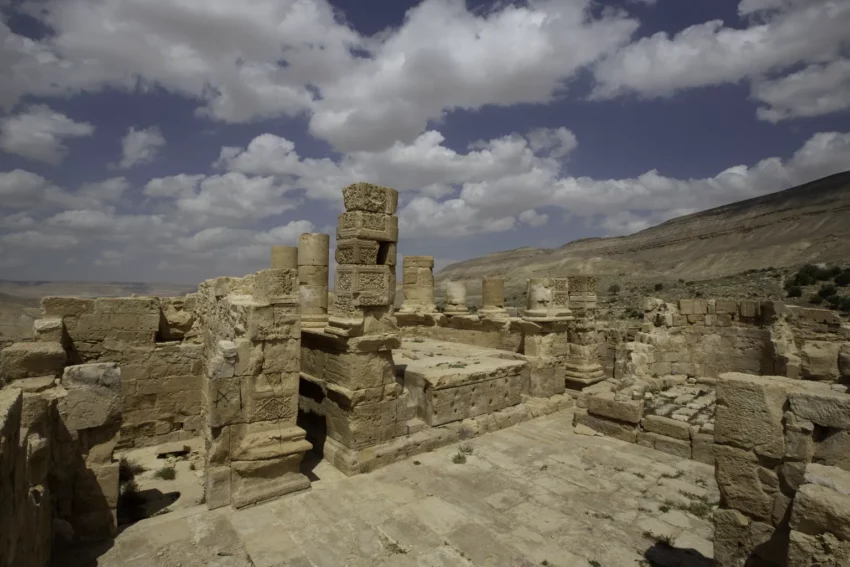Introduction to Khirbet edh-Dharih: A Multi-Period Archaeological Site
Khirbet edh-Dharih is a significant archaeological site located in southern Jordan, approximately 70 km north of Petra, the ancient Nabataean capital. This site, near the modern town of Tafileh, has revealed layers of human activity dating back to the Neolithic period, around 4000-6000 BC. The site’s name, derived from Arabic, translates to ‘the ruins of the highlands’, aptly reflecting its geographical setting.
Get your dose of History via Email
Etymology and Historical Significance
The term ‘Khirbet’ in Arabic indicates a ruin, often used to describe ruined settlements or archaeological sites. ‘Edh-Dharih’, translating to hills or highlands, underscores the site’s elevated location. This nomenclature is crucial for understanding the historical and cultural context of the site, which has been a focal point of human settlement due to its strategic and fertile setting.
Archaeological Discoveries at Khirbet edh-Dharih
The Nabataean Temple
The discovery of a Nabataean temple in 1818 by British naval officers C.L. Irby and James Mangles marked the beginning of the site’s recognition in the modern era. Subsequent excavations, conducted over 13 seasons between 1984 and 2007, have unearthed extensive information about the Nabataean period. These findings provide invaluable insights into the religious, social, and economic aspects of life outside Petra.
Continuous Human Settlement
Archaeological evidence suggests that Khirbet edh-Dharih was continuously inhabited from the Pre-Pottery Neolithic period through the Bronze Age and into the Nabataean, Roman, Byzantine, and Islamic periods. The presence of Edomite artifacts further indicates the area’s historical breadth. The site’s evolution from a Neolithic settlement to a prosperous Nabataean town underscores its importance in regional history.
Geography and Environment
Located at the northern end of Wadi al-Le’ban, Khirbet edh-Dharih benefits from a strategic position near major and minor trade routes. The area is characterized by a Mediterranean climate, fertile terra rossa soil, and is well-watered by springs such as La’ban Spring. These geographical features have made the site an agricultural hub, historically significant for the cultivation of olives, grapes, grains, and vegetables.
Conclusion
Khirbet edh-Dharih stands as a testament to the dynamic human history of southern Jordan. From its earliest Neolithic settlers to its flourishing during the Nabataean era, the site offers a unique glimpse into the past civilizations that shaped this region. The ongoing archaeological work continues to reveal the layers of human endeavor and cultural evolution at this remarkable site, providing a deeper understanding of the historical landscape of the Middle East.
Sources:

